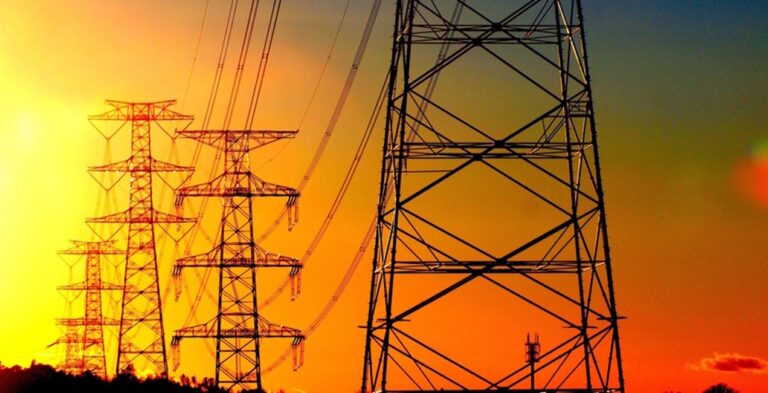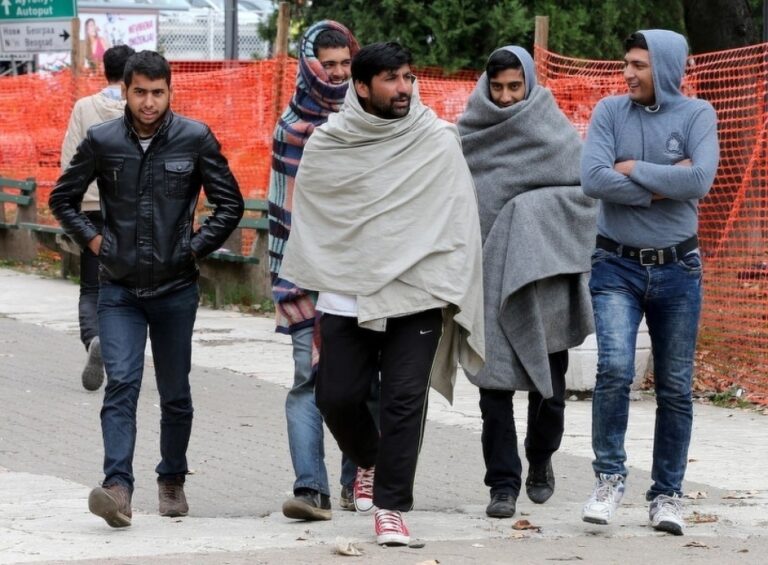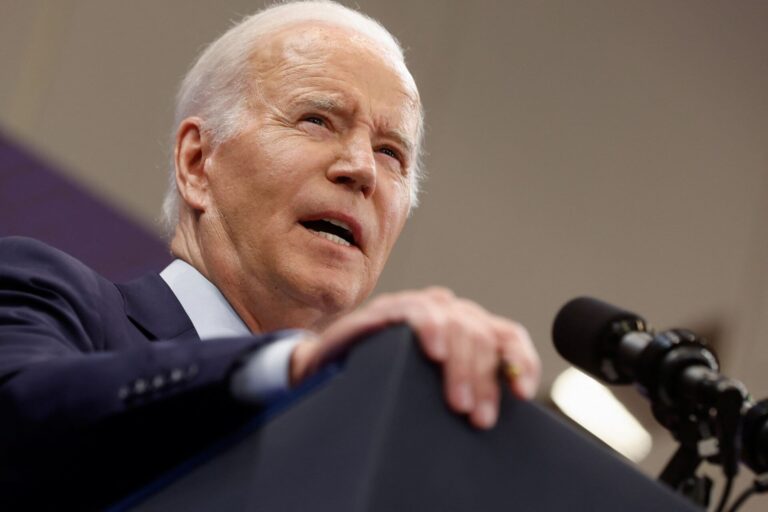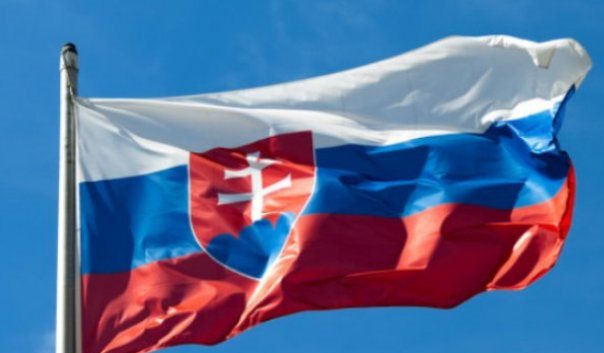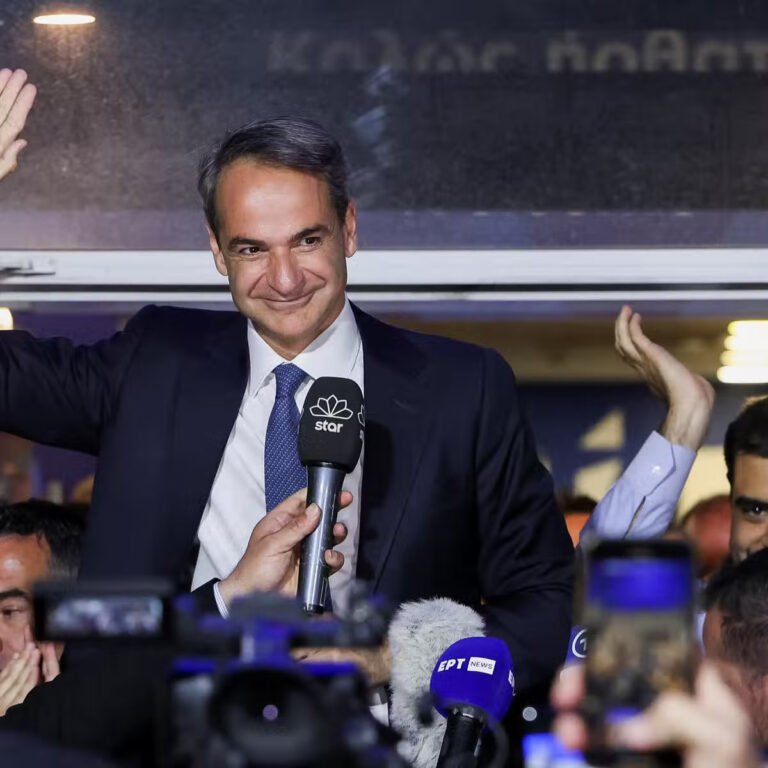The incumbent right-wing government in Slovakia is a key ally of Ukraine’s fight against Russia and has recently supplied fighter jets to the war-torn country. However, this could change after the general elections in September.
The party of incumbent center-right Prime Minister and European Council member Eduard Heger, Democrats (EPP), is only 4.9 percent, according to the Europe Elects poll average. Heger had left the OĽaNO and joined the Demokrati shortly after it rose from the ashes of the Spolu party in early March.
The other coalition partners are not faring much better: the right-wing Sme Rodina is at 7.7% (2020: 8.2%), the centre-right party OĽaNO (EPP) at 5% (2020: 25.0%) and the centre-right party Za ľudí (EPP) at 2.2 percent (2020: 5.8 percent). The hurdle for entering parliament in Slovakia is 5 percent for one-party lists, 7 percent for two- or three-party lists and 10 percent for four- or more-party lists.
The Smer-SD party, which formally belongs to the European Social Democrats but has ideological similarities to Viktor Orbán’s Fidesz, is the country’s strongest party with 16.9 percent (2020: 18.3 percent). Her more moderate split, Hlas, formed after the 2020 election, sits at 15.9 percent of the popular vote.
The far-right REPUBLIKA party, formed after the last election, sits at 7.6 percent, overtaking the fascist ĽSNS party, which had reached 8.0 percent in 2020. The national conservative SNS party is 3.6 percent (2020: 3.3 percent). Earlier this year, Smer-SD, Hlas, REPUBLIKA and SNS supported a referendum on new elections to overthrow the incumbent government.
The liberal opposition is led by the Progressive Slovakia party, which failed to enter parliament in 2020 but could now win 12.6 percent. The Christian Democrats could also move back into parliament, they are currently at 6.2 percent.
With these figures, Smer-SD, Hlas and REPUBLIKA would gain a majority of 76 of the 150 seats in the national parliament.
Soure: euractiv


